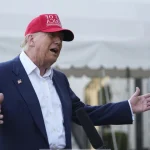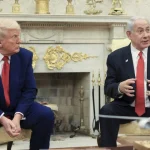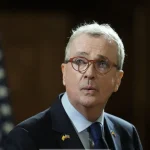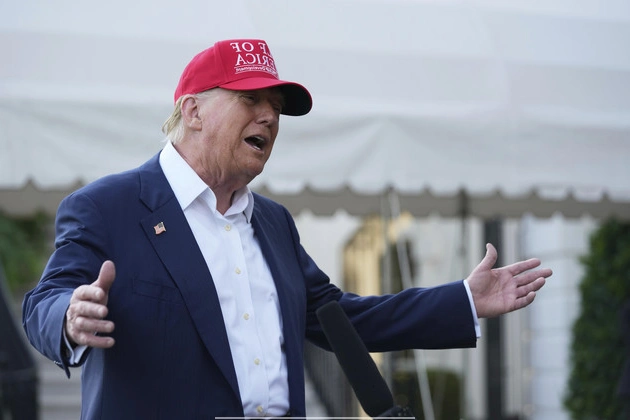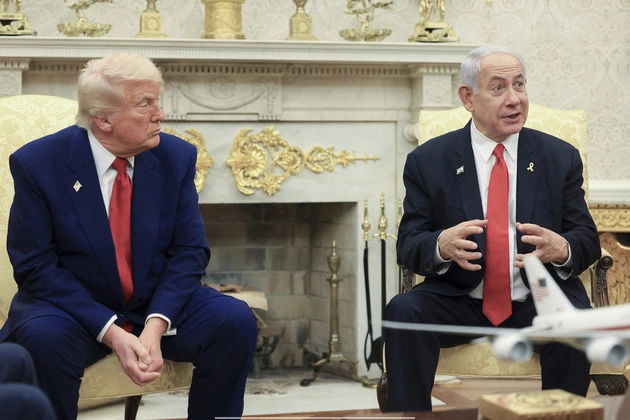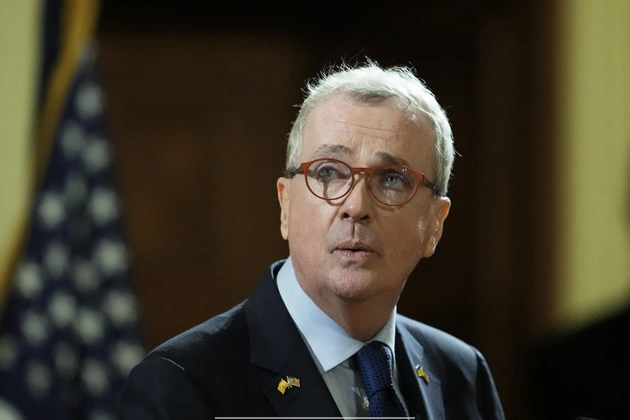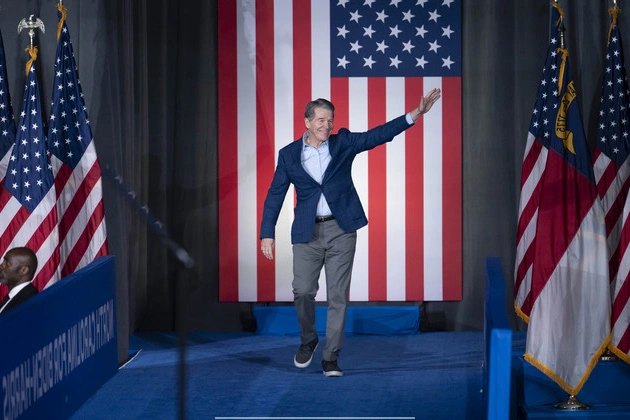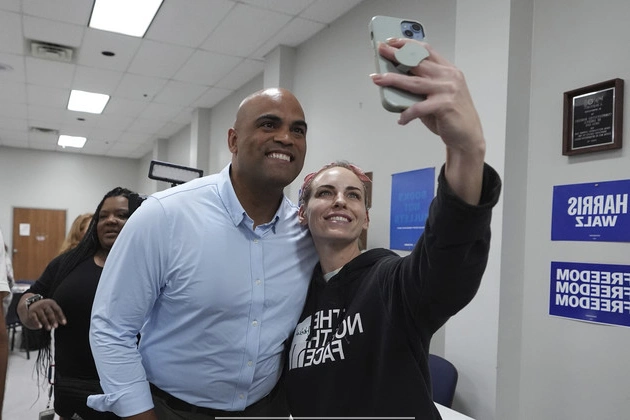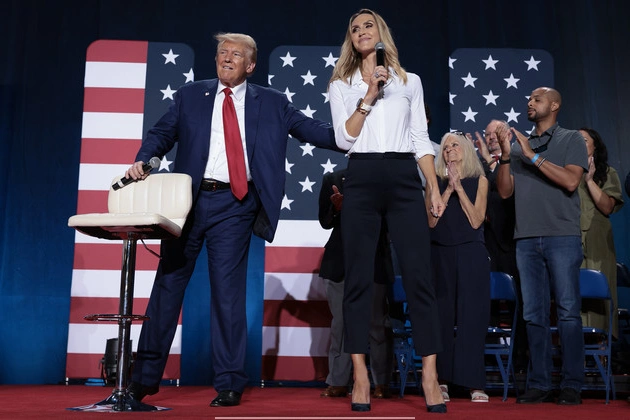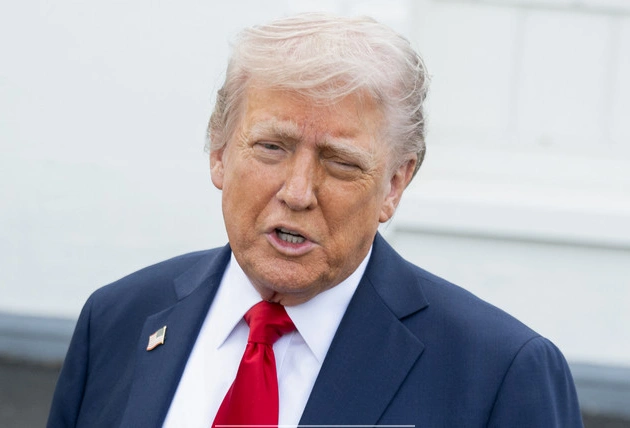
President Donald Trump is intensifying pressure on Ukrainian President Volodymyr Zelenskyy, with his administration showing signs of impatience in mediating a deal between Russia and Ukraine.
Trump has once again criticized Zelenskyy for not taking decisive action to end the conflict initiated by Russia. This comes as European allies convene in London to discuss a peace initiative, a meeting that U.S. Secretary of State Marco Rubio and special envoy Steve Witkoff decided to forego.
Escalating Tensions
Trump’s recent statements on Truth Social pointed fingers at Zelenskyy, accusing him of hindering the peace negotiations by not exerting enough effort in reclaiming Russian-occupied Crimea. Reports suggest that the U.S. proposed a deal requiring Ukraine to acknowledge Russia’s control over Crimea, a proposition vehemently rejected by Zelenskyy as unconstitutional.
The discord between the U.S. and Ukraine underscores the challenges in reaching a ceasefire agreement. Trump’s past criticisms of Zelenskyy have exacerbated tensions, with the President branding him as a ‘dictator without elections’ during previous encounters.
U.S. Stance on Negotiations
As top U.S. officials withdraw from key peace talks, including Rubio’s absence from the European summit, the administration emphasizes a firm stance that both parties must come to the table for negotiations to proceed. Trump’s rhetoric implies a willingness to walk away if progress stalls, intensifying the pressure on Zelenskyy to compromise.
Vice President JD Vance has echoed Trump’s sentiments, urging Russia and Ukraine to accept the proposed ceasefire to halt further bloodshed. The U.S. remains committed to brokering a peace deal but expects reciprocal actions from the conflicting parties.
Future Prospects
With ongoing discussions in London and the reevaluation of negotiation strategies, the trajectory of peace talks remains uncertain. The dynamics of the conflict, coupled with diplomatic maneuvers, will shape the outcomes in the coming months.
Stay informed on the evolving situation as the Trump administration navigates the complexities of international diplomacy and strives for a resolution to the conflict in Eastern Europe.
